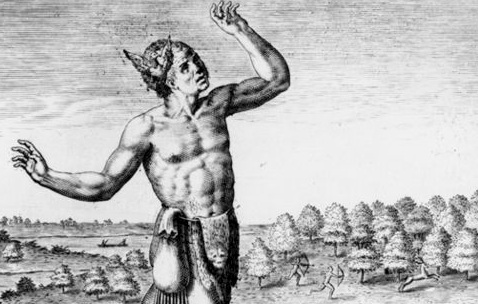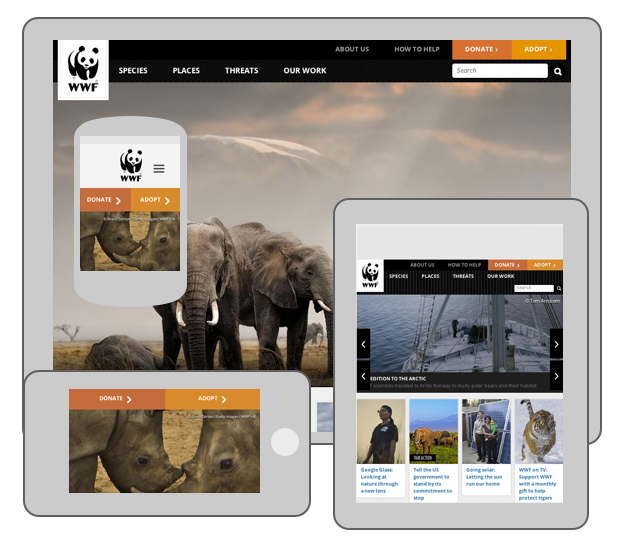
What follows are my notes from a presentation to WESTAF I did this morning. They are point form for referral and may only be really understood by me and the handful of folks in the room on the 31st floor this morning. But here they are nonetheless for your perusal. Please let me know if you have any questions or would like me to go into greater detail on any of the sections below.
Rediscovering the Shaman
The changing role of the author as a storyteller and holder of secrets.
No one buys a book, they buy a story. The reason every author wants to get on talk shows is because then they can sell themselves, which means people will buy their book.
Stories are as old as humans. They are how we make sense of the world, they are integral to our social lives, from the campfire in the cave 100,000 years ago to the boardroom of the 31st story today.
Writers give readers access to stories that they hope will help them make sense of the world around them. Books just provide the current established way to do that.
1. How reading affects writers.
- Reading began for most people as exclusively a social activity (story of reading silently to self and commiting evil)
- In a hypersocial world we’re moving back to an oral storytelling mode, we’re moving away from only reading silently to ourselves.
- We now read and react and share all at once with our peers in a new kind of reading aloud.
- The double hook dilemma: the current binary forces that make the existing book publishing industry so different from the emerging networked, web publishing industry.
- Books / Web binary oppositions: macroformats / microformats, anti social / hypersocial, closed collaboration / open collaborative, rigidity / pasticity, locality and specificity / globalism, (McLuhan) cool media / hot media
2. The changing commercial bargain of the writer.
- Writers who make a living from their writing have learned to eat every part of the animal, to make each piece of work they do pay off to its full potential.
- In a world where Porche makes themoses, Peugeot makes pepper grinders and Paris Hilton has a pop music album, every writer and every one of their outputs can now be a mini franchise – book, merchandise, events, product placement, etc.
- The focus of the writer migrates from outputs of production (book) to transactions in ideas.
- Scarcity exists no longer in access to works but in quality of creative works and quality and amount of attention an audience has to devote.
- Audience members become even more risk averse as the value of their attention increases – how do they know what’s worth their attention?
- The most effective allocators of attention are people trusted by the audience, the writer themselves.
- The relationship of the storyteller and audience increases in transparency and becomes a transaction of trust.
- Each of us have a personal long tail graph of attention and receptiveness to stories. At the head are stories were are very receptive to – from a writer we know and love, from a musician we’ve heard great things about from sources we trust.
- With an increase in interaction between storyteller and audience the relationship becomes more transparent and intimate. The audience begins to see the collaborative, iterative nature of storytelling. (We are all standing on the shoulders of giants.)
- The value chain of the publishing industry is also fragmented as the means of production become transparent and technical tools allow cheap coordination of labour (designers, typesetters, editors, marketers).
- If I can do it all myself what does the publisher offer?
3. Everyone is a storyteller.
- We are witnessing the convergence of creative media and the hypercompetition for attention.
- Warhol was wrong. Everyone no longer has 15 minutes of fame, everyone is now famous to 15 people.
- So what become the most effective attention allocators?
- Relationship of storyteller to audience becomes the keystone of value creation (social value, cultural value, economic value).
- Value becomes a more human criteria incorporating the social and the cultural, not just the economic.
- With huge influx of stories there is a deflationary pressure on commercial stories.
- We are witnessing a mass devaluation of what used to be commercial artistic works at the same time as we are witnessing the incredible inflation of trusted storytellers.
- Reinvigorated role of the local and the specifically familiar at the same time as we have access to the global and foreign.
- The rish is that we lose the best stories in favour of adaptable ones that fit many media.
- Many capable storytellers will resist the opening of storytelling to the masses because they are practitioners of a specific craft and don’t want to have to learn another / don’t want others to learn their craft.
- How can writers tap the hypersocial?
===
Thank you to Umair Haque of BubbleGeneration for ways to express many of the forces changing the world of stories and media and the CBC Archives for a quick refresher on McLuhan.

